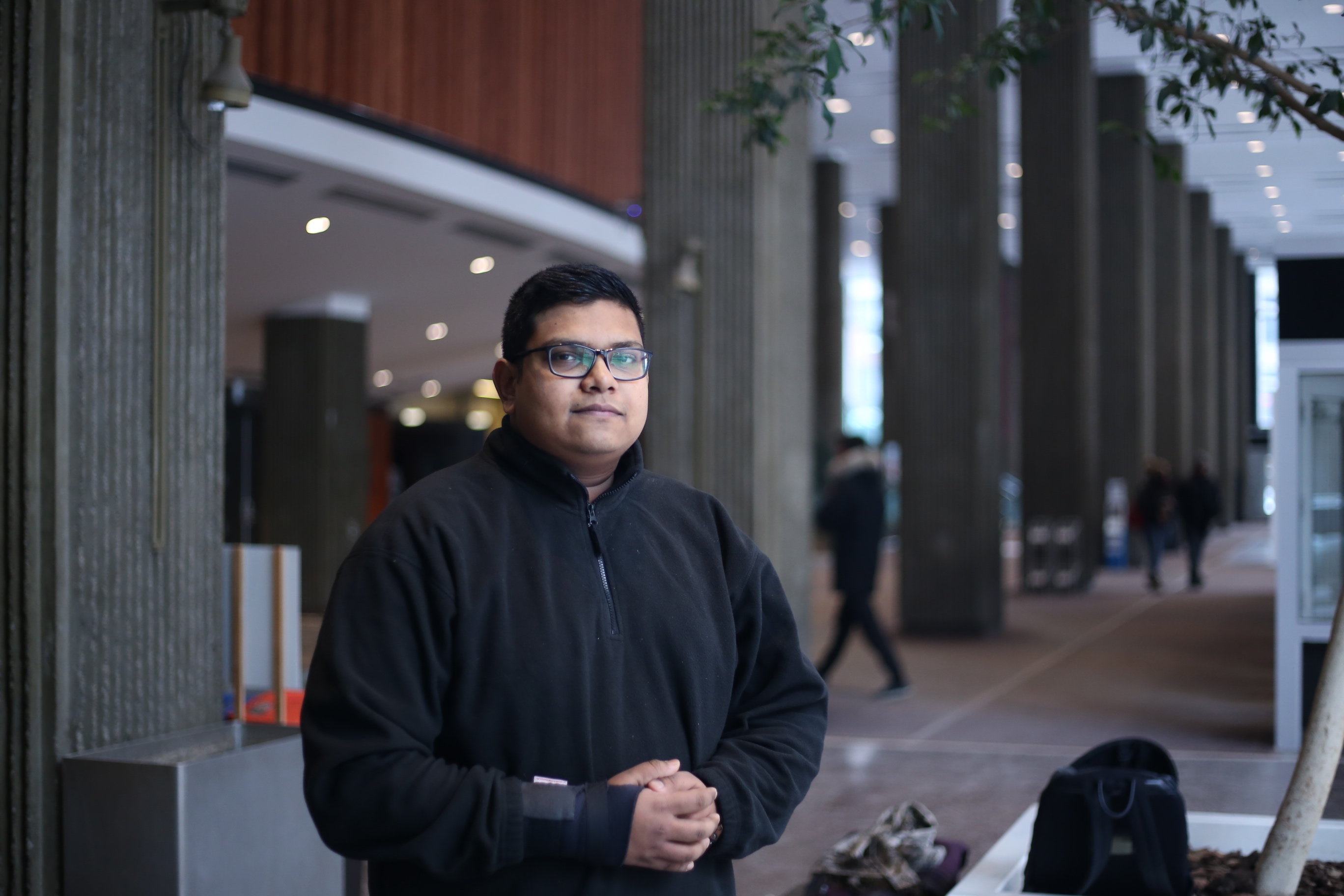How one student uses excess food to help a community at no extra cost
In December 2018, Mahmudul Haque Jishan’s routine late-night departures from work at Arabica Lounge turned into something more. He had noticed the amount of excess food being wasted at the restaurant, and saw an opportunity to improve the living conditions for Montreal’s homeless community.
“I’ve been working at this place since October,” said Jishan. “I saw that there was a lot of food waste, but at the same time, when I’m coming home at night at 2 a.m. or 3 a.m., there are still homeless people. I tried one day to give them food and then I went back the next day and asked the same person, ‘Was this food good enough for you?’ They said, ‘Yes.’”
Jishan is from Bangladesh where he says homelessness is a common sight. However, he did not expect it to be the same story in a developed country such as Canada. Additionally, the homeless community in Montreal have to deal with the unbearable and often fatal temperatures during Canada’s harsh winters.
When Jishan first began working at Arabica Lounge near the Sir George Williams campus, he often noticed food that had been wasted by customers. Food was ordered, yet uneaten; such as a small portion of fries, rice, pita, or salad. On his way home, Jishan began to stop by fast food restaurants around campus, namely McDonald’s, Tim Hortons and Burger King along Ste. Catherine St. W. These restaurants also had excess food waste and were willing to give it to him to contribute to his initiative.
“There is a Tim Hortons beside Concordia University that is [open] 24/7 and there are at least five or six people outside of there,” said Jishan. “I have three days of work a week and after every night I go, there are still people there.”
Jishan soon noticed the same faces waiting outside the Tim Hortons and continued to give them leftover food. He started to categorize the food into plastic bags and would leave his shifts with enough to feed at least four people. It was not long until others around him began to take notice.
“The people I work with at the restaurant, my colleagues who are also students, have asked what I was doing and they said ‘Okay, we will do it too.’ I asked my manager ‘Can I do this?’ They said they won’t get involved but they’ll allow me to do it, no problem,” said Jishan.
Jishan hopes that, as he continues his initiative, other restaurants will take notice. Restaurants willing to give their leftovers to the homeless benefit their community at no extra cost. Jishan says that those he has already helped have never complained about receiving wasted food and have always accepted it graciously. He is adamant that if restaurant workers consciously try to conserve food waste during their shift, they could always leave with enough to feed a few mouths.
“I have just started my master’s in engineering,” said Jishan, “and many of the students here are working at different restaurants so we want to make a formal organization where each of us wants to contribute.”
After graduating, Jishan wants to use the connections he has made in school to start an organization that will tackle this issue efficiently. In the meantime, he hopes his story will inspire more people and restaurants to create change. Companies can contribute to a cause that will drastically improve the quality of life for those who are less fortunate without spending a dime. They simply have to start.
Feature photo by Alex Hutchins
